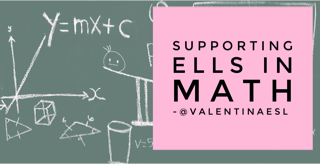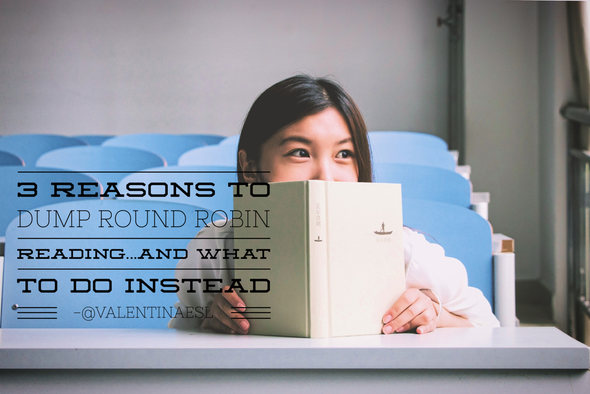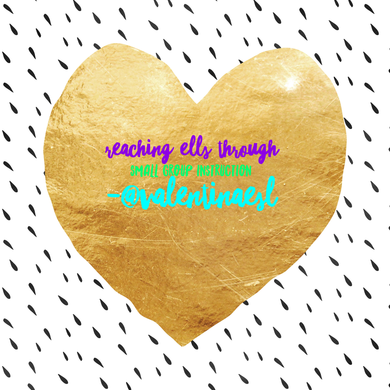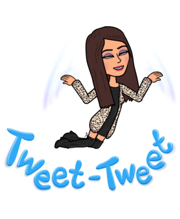|
I get it and I've been there myself. You have a lot of reading material to cover so you think Round Robin Reading (or Popcorn Reading) will do the trick. You want to make sure everyone reads it and stays on track. It seems really logical.
Round Robin Reading (RRR), for those that may need a definition, is when students read orally one at a time from the same text. Some say that this is the best way to get students to really despise reading. A variation of RRR is Popcorn Reading. It sounds like more fun--but don't be fooled. It's not. It's the same type of reading activity with the same negatives and benefits. In Popcorn Reading, the only difference is that students randomly and spontaneously call out a new student's name to be the next reader. Why you should DUMP Round Robin Reading... The longer I have been in education, the stronger I believe in small group instruction. It truly is the heart of instruction. In a small group, the ratio between student and teacher is drastically reduced allowing the teacher to identify individual student needs and easily differentiate instruction.
No matter the content area in elementary school, small group instruction has a greater effect on student learning than whole group. Some may say that it's too difficult to pull small groups so they continue to instruct in a whole class setting. I agree that in the beginning it may be difficult to get the structure and routine down for both the teacher and the students; however, once good classroom management is put into place and the routines are set, the ball will get rolling and small group becomes the best way to teach. After all, as educators I think there aren't many who don't agree that we want to do what is best for students. While whole group instruction may be easiest for teachers to plan and implement, it can't be best for students who are diverse and unique--all at various levels with different background knowledge. Overall, most teachers are pretty good at pulling small groups for reading instruction in the primary grades. But even that seems to taper off around third grade. What we know is that when we gather a small group of roughly 4-6 students and give them what they specifically need at the moment greater progress occurs in language and in content knowledge. So why don't we continue to pull small groups as kids get older? And how about pulling them in other content areas such as math, science, and social studies? Some may wonder...What are the other kids doing while I pull a group? Won't they get off task? Well, that's up to you as the teacher. The Benefits of Small Groups: For ELLs one of the other benefits of small group instruction is that it lowers the affective filter. You know that feeling of fear or anxiety when you are in a situation that is high stress? Well, English Language Learners can feel that anxiety in a whole group setting more than in a smaller setting. When everyone is waiting and all eyes are on you anticipating your response it can be intimidating. This feeling is amplified when you are new to the country, have an accent or need a great deal of support. When teachers meet with students in small groups, they are more apt to individualizing instruction and truly meeting students where they are. In a smaller setting, teachers are able to ask more questions to individual students which allows the students to interact more with the teacher. This also has an added benefit which is building the student teacher relationship. Another benefit of small groups is that students are given more opportunities to talk. When students are in a smaller setting, they feel freer to talk, ask questions and grapple with ideas. This allows them to think critically and negotiate for meaning while having academic discussions more openly. On the other hand, in a whole group setting, the teacher asks a question and one student responds while everyone else zones out. CREATE A WELCOMING ENVIRONMENT FOR ALL CULTURES
Creating a welcoming environment for families is step one. When parents feel welcome to come to school, they can then support their child’s education at home too. The bridge between school and home is stronger. Research behind parental involvement in education shows that when parents volunteer and are part of the school community, their children have a higher success rate, make better grades, have a higher attendance rate and are happier in school overall. But in order for parents to be involved, it’s our job as leaders to WELCOME them. This means we have to form connections and invite them in to our campuses. Our doors need to be open. When we walk into a school, we are usually greeted first by the office staff. These critical members of the campus need to know that their presence, their body language, and their customer service is key to how parents perceive the school. They either say, “Come on in. You are welcome here.” Or they say, “Uh, excuse me. What do you think you are doing here?” For our ELL families and immigrant families, we have to keep in mind that they may be coming from a county that has different customs and traditions where school is concerned. In their home country, school may not be a place where parents are welcomed and wanted. So they may not know that we want them to come and be a part of their child’s education. It’s our job to show them that they are wanted and welcome in our building.  I must confess. I'm not a math specialist. In fact, as a classroom teacher, I've never taught math myself. I have supported math as an ESL Specialist in a co-teach position but never taught my own math class. However, what I can offer are linguistic supports for teaching in a math setting. The misconception out there is that math is a universal language. This is far from true. Math is supported by language and if students are learning English, then learning math in their target language can be a struggle. If you take anything away from this document, I hope it's that your ELLs NEED to talk about math using key vocabulary and may need sentence stems as scaffolds for conversation. Talk, or academic conversation, helps students develop language while internalizing learning, negotiating for meaning and cementing learning. Please feel free to share this document with others as I hope it benefits language learners. If you have other suggestions or comments regarding math and ELLs, they are welcome here. Resources I leaned upon: Bresser, R., Melanese, K., & Sphar, C. (2009). Supporting English language learners in math class: grades 3-5. Sausalito, CA: Math Solutions Publications. Bresser, R., Sphar, C., & Melanese, K. (n.d.). Supporting English Language Learners in Math Class, Grades K-2. Driscoll, M., Nikula, J., & DePiper, J. N. (2016). Mathematical thinking and communication: access for English learners. Portsmouth, NH: Heinemann.
So you either came across this article because some gave it to you, you found it on line or you found it through Twitter! Let's talk about the power of Twitter and what it can do for you professionally. If you are already using Twitter, great! You may read this and think, "Awesome, I'm doing all of this." Or you may have some ideas that I didn't write about, so please share those with us in the comments below. Mostly, I wrote this for teachers and other educators who either aren't using Twitter at all yet or are using it a little but haven't realized the potential.
Twitter, what have you done for me lately? Gosh! So much!! I began using Twitter as a way to find support from others who are in the boat. |
Categories
All
|
||||||






 RSS Feed
RSS Feed
